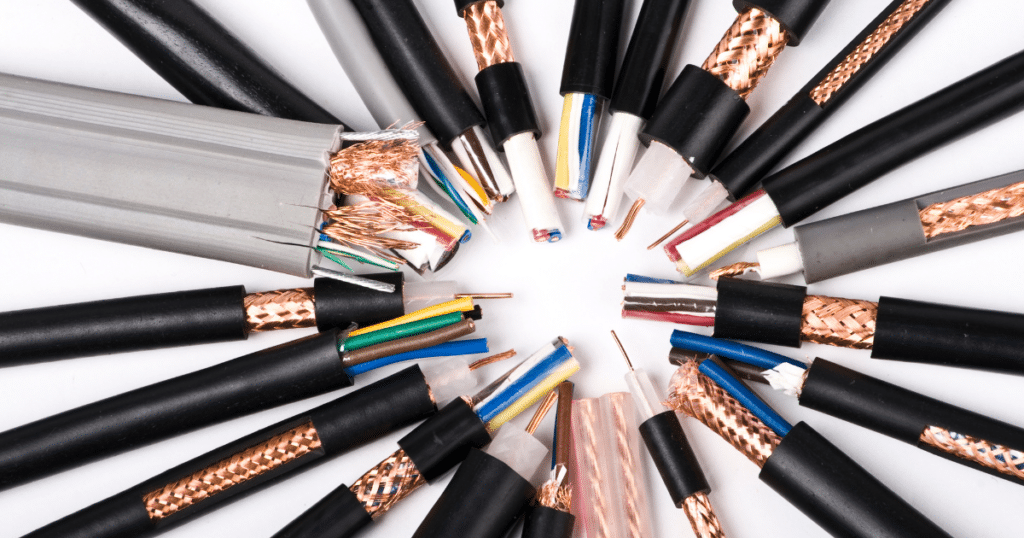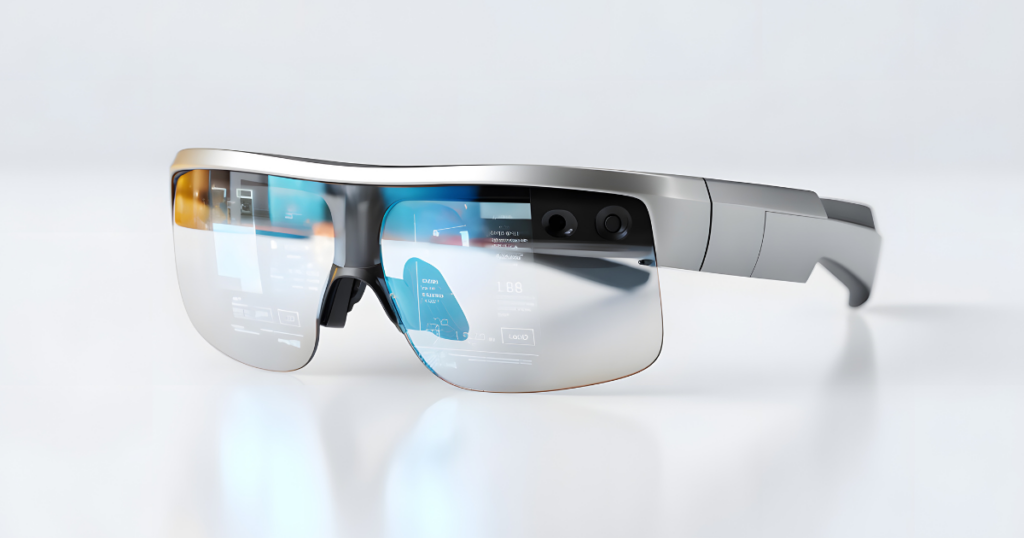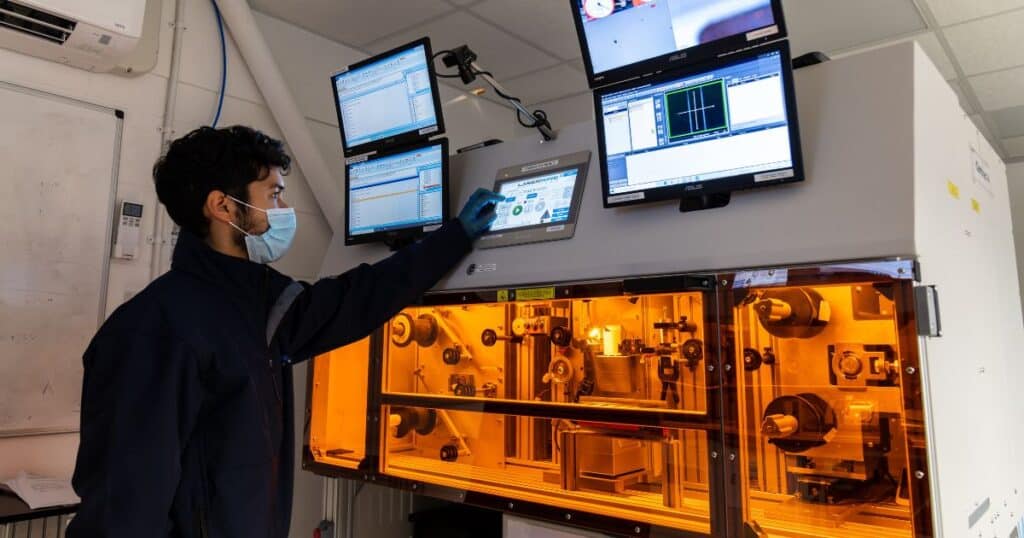If you’ve ever browsed one of our datasheets or looked into machine capabilities, you may have come across the term “breakout length.” It might sound like industry jargon, but it’s actually a very practical—and often crucial—part of many wire processing tasks.
So, what exactly is breakout length, and why does it matter? Let’s break it down.
What Is Breakout Length?
In simple terms, breakout length is the distance from where a cable’s outer jacket ends to the point where the internal wires or conductors are separated and ready to be connected or terminated. You’ll often see this in multi-core cables or ribbon cables where several wires are bundled together under one jacket.
Once the jacket is removed, the wires are typically fanned out to connect to terminals, connectors, or components. The exposed section—the distance over which the wires are separated—is your breakout length.
Why Should You Care About It?
It might seem like a small detail, but getting the breakout length right can make a big difference in how smoothly your assembly process goes. Here’s why:
-
It makes assembly easier. Enough space between wires means technicians—or automation systems—can access and terminate each conductor without a struggle.
-
It improves durability. A correctly managed breakout helps prevent mechanical strain on the wires, especially in applications with movement or vibration.
-
It helps you fit everything in place. In tight enclosures or assemblies, knowing exactly how far wires can reach is essential for layout and routing.
-
It ensures consistency. Especially in automated environments, a consistent breakout length means your processes run more smoothly—and more predictably.
So How Long Should It Be?
The truth is, breakout length isn’t one-size-fits-all. It really depends on what the wires need to connect to and how your product is designed.
Some customers only need a short 10–20 mm breakout. Others—especially in automotive harnesses, medical devices, or aerospace applications—may need 300 mm or more, depending on how far those wires need to travel inside a device or panel.
Factors that affect breakout length include:
-
Connector layout and spacing
-
Cable stiffness and bend radius
-
Routing paths inside housings or enclosures
-
Whether the cable needs to reach multiple components
How Laser Wire Solutions Helps
At Laser Wire Solutions, we build machines designed for precision, repeatability, and flexibility—all of which are key to handling breakout lengths correctly.
Whether you’re using the Mercury-4, Odyssey-8, or the Mercury-9, our systems can strip insulation cleanly and accurately to meet your breakout needs—without blades, and without damaging the inner conductors.
We help customers:
-
Strip to exact breakout specifications
-
Handle both short and long breakout lengths
-
Work with flexible or rigid jacket materials
-
Automate and scale with confidence
Let’s Talk About Your Application
Whether you’re designing a new cable assembly, troubleshooting an existing process, or just trying to understand the details on a machine datasheet, we’re here to help.
Contact us to speak with our technical team
Explore our full range of machines
Need help selecting the right solutions? We’ve got you covered.








